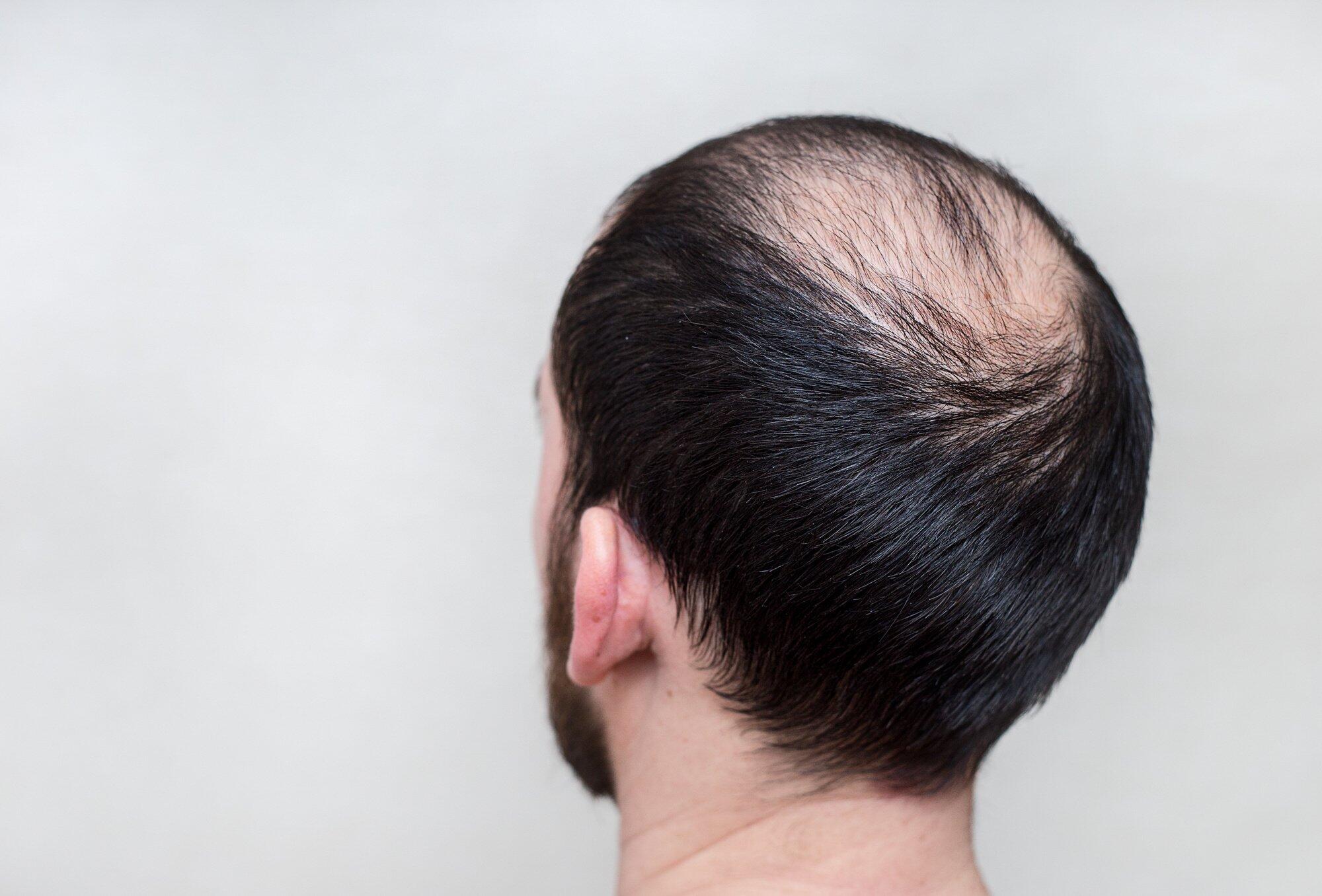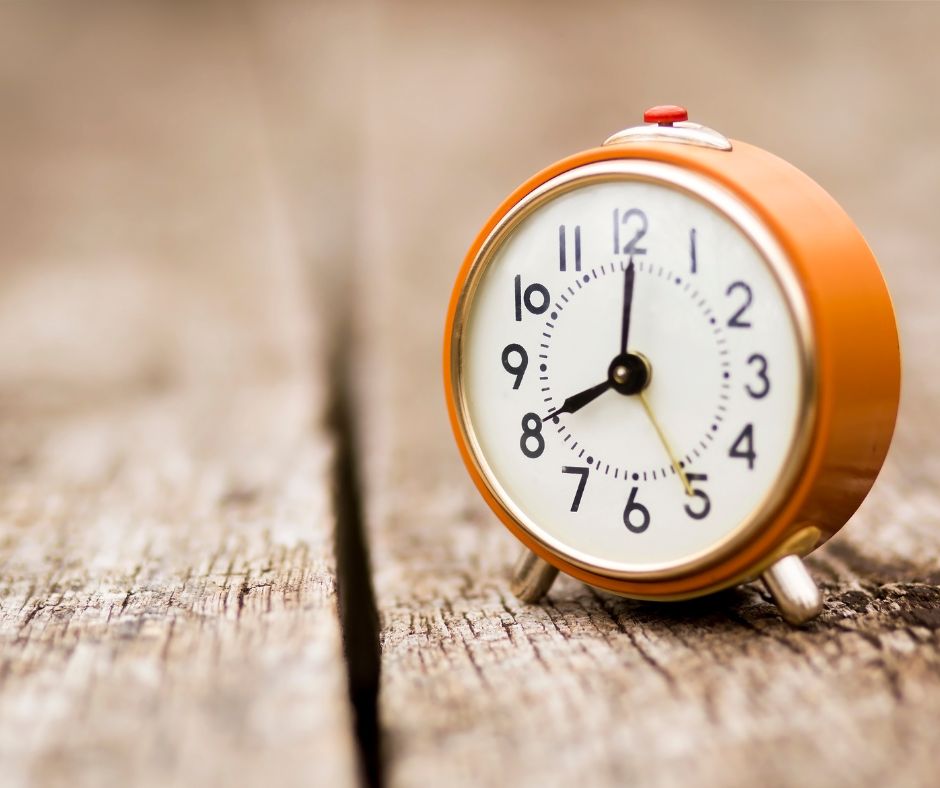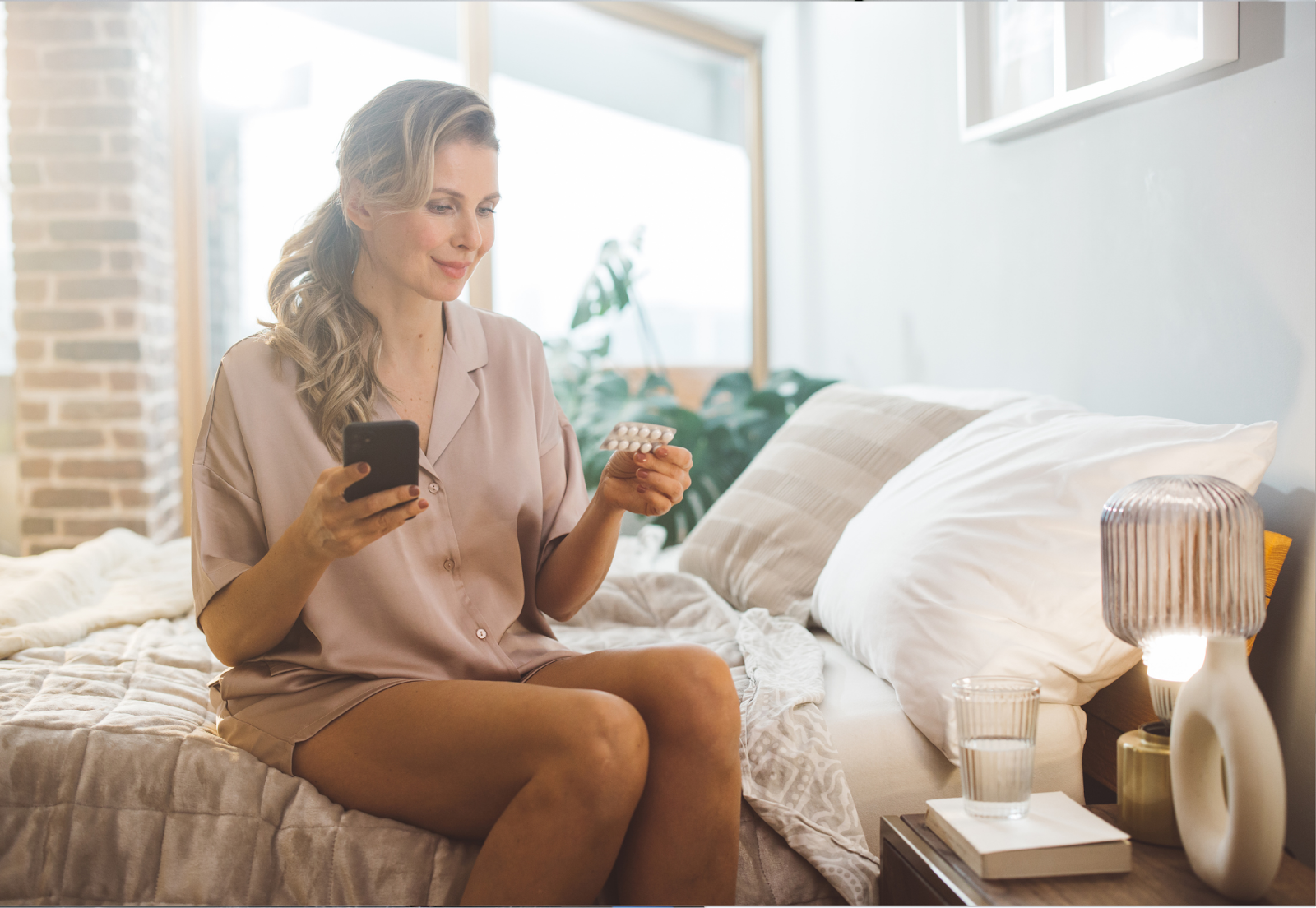Do you think of balding as something that only happens to older adults? If so, then you might be surprised to find that you’re suddenly shedding more hair than normal.
Noticing the initial signs of balding can be emotionally draining for men and women. You might wonder why this is happening to you and how you can fix it immediately, especially if you’re nowhere near mid-life.
Thankfully, there are hair restoration treatments that can help you restore your appearance, but it’s important to know what to look for, first. Today, we’re sharing 10 signs of balding at 20 and how we can help bring back that full head of hair you love.
1. Increased Levels of Shedding
Losing a little hair in the shower isn’t too uncommon. In fact, studies show that most people shed between 50 and 100 strands of hair each day! However, premature balding can cause you to lose a significant amount more than usual.
Take a close look at your hairbrush or comb, as well as your shower or bathtub drain. Then, check the collars of your shirts or your pillowcase. If you’re losing hair at a rapid rate, then instead of seeing a random strand here and there, you might notice clumps of hair all gathered in one spot.
If you’re still not convinced, you can conduct a gentle pull test.
Carefully tug on a small patch of hair with your hand. Then, check to see how many strands fall out. If you aren’t balding, you may only notice one or two strands. However, you could have a hair loss condition if a significant amount comes out.
2. Receding Hairline
You could have sworn your hairline was further up just a few weeks ago. Now, it seems like it’s traveling backward on your head.
You’re not imagining things. A receding hairline is one of the most common and prominent causes of baldness.
Most people notice the first signs of hair loss around their temples. Eventually, this gives way to an M-shaped pattern at the back of their heads. In time, the front section of their hairline begins to recede as well, slipping further across their crown.
3. Seeing Your Scalp at the Crown
Speaking of the crown of your head, have you given yours a close look lately? Even if your hairline hasn’t started to recede, it’s still smart to give this area a close-up glance. Before individuals begin to go bald, their hair will start to thin out, usually starting at the crown.
Using a handheld mirror, look downward and check out this area. If you can clearly see the white of your scalp through the strands, this could be an early sign of baldness.
4. Hard to Style
Maybe that go-to pomade you’ve always used suddenly makes your hair look limp and dull. Or, you might have noticed that it’s harder to get that signature touseled look you’ve been able to create with just a comb and some gel.
If you’re spending more time styling your hair in the morning, early balding could be to blame. When there are fewer hairs on your head, even the simplest styles can be hard to achieve and recreate. The very best wax, cream, or paste may still leave you unsatisfied.
This is one of the first things men and women notice when they start a hair restoration treatment — It’s suddenly easier to style their hair in their favorite way again!
5. Scalp Burns Easily
Just a few months ago, you could go to the pool or the beach and you didn’t have to think twice about applying sunscreen to your scalp. Your thick hair provided excellent protection against the sun’s UV rays. Now, however, you’ve started to not only see but feel the effects of sun damage in this region.
Without as much hair on your head, your scalp is more exposed to the sun. This can not only lead to a painful sunburn but can also increase your risk of skin cancer. As you try to determine the cause of your condition and research available treatment options, remember to cover up with a hat any time you’re outdoors!
6. Thinner Texture
You might not think too much about the texture of your hair as long as your strands are healthy and thick. However, you may feel a difference when they start to thin out.
Pay close attention the next time you shampoo. Does it feel like you’re not washing as much hair as usual? Check those aforementioned spots at the crown of your head and around the temples, and see what you find.
7. Different Apperance in Pictures
Some people spend less time grooming in front of the mirror than others. If this applies to you, then you might not notice any signs of balding until the effects are a little more pronounced. It might even take seeing a picture of yourself to convince you that anything is going on.
If you suspect you might have hair loss but you’re not sure how far along it is, compare a current photo of yourself with an earlier one, ideally with the same lighting and angle. This may help you see any changes that have been happening, and where the most prominent trouble spots are.
8. Patchy Bald Spots
Most individuals don’t go from a thick head of hair to looking like Mr. Clean overnight. Instead, you might notice patches of baldness that occur seemingly at random. In addition to the crown of your head, check around your ears and your forehead.
The hair in these sections might appear thinning or could be gone completely. Left untreated, small patches of visible scalp could grow bigger in time.
9. Changes in Hair Texture
Does your once-soft hair now feel dry and brittle? Sometimes, this change is attributed to environmental conditions. For instance, most tresses tend to get a little drier in the winter months, when there’s not as much humidity in the air.
Those weather changes can also lead to other issues such as a dry, flaking scalp, split ends, and tangles. However, if your hair texture is changing and the season isn’t to blame, then you could be starting to go bald.
10. Slowed Hair Growth
You used to book your hair appointments every six weeks like clockwork. Now, you’re finding that you can go at least two months or more without a trim. What’s going on?
If you’re balding in your 20s, there could be something going on that impedes your normal hair growth. One of the most common causes is shrinking hair follicles. This occurs when sex hormones (androgens) attach to the receptors in your scalp tissue, shrinking and changing their size.
Over time, those follicles could shrink down so small that they can’t sustain existing strands or make any new ones, which causes them to become dormant.
Other factors, such as diet and sleep, can also affect your hair growth rate. However, if you’ve noticed this sign in conjunction with any other symptom on this list, baldness could be to blame.
What Causes Signs of Balding at 20?
You’re young and healthy. Why are you starting to go bald this early? For one, it could be hereditary.
Conditions such as androgenic alopecia (male pattern baldness) tend to run in the family, so if your parent or grandparent started losing hair at a young age, you might, too.
However, while genetics is one of the most common causes of hair loss, it isn’t the only one. Let’s take a look at some of the other contributing factors that might apply.
- Hormonal Imbalances: Can be caused by an underlying condition or significant life event (e.g. surgery)
- Poor Nutrition: Deprives your body of the nutrients it needs to support healthy hair growth
- High Stress Levels: Elevates the level of cortisol (stress hormone) in your body, which can slow down hair growth
- Some Medications: Includes medications that affect your physical or psychological state (e.g. antidepressants, mood stabilizers, blood pressure medication)
- Autoimmune Condition: Causes your immune system to mistakenly attack your hair follicles (e.g. alopecia areata)
The good news? While you might not be too happy about going bald in your 20s, you aren’t without recourse. We offer advanced hair restoration treatments that can help you look and feel better.
We can customize our solutions to meet your exact needs, helping to address the issues that concern you the most. Our hormone treatment plans address the root cause of many health conditions, including balding.
Learn More About Our Treatments
If you’ve started to see signs of balding at 20, you don’t have to rush out and buy a hairpiece just yet. Instead, take a closer look at the hormone treatments we offer at Evolve.
We can work closely with you to understand exactly what’s going on and develop an individualized treatment plan to help you achieve the results you want. In addition to hair restoration, we also offer an array of other treatments for men, including testosterone replacement therapy (TRT), weight management plans, sexual wellness solutions, and more.
Ready to get started? Contact us today to schedule an appointment with our team!






